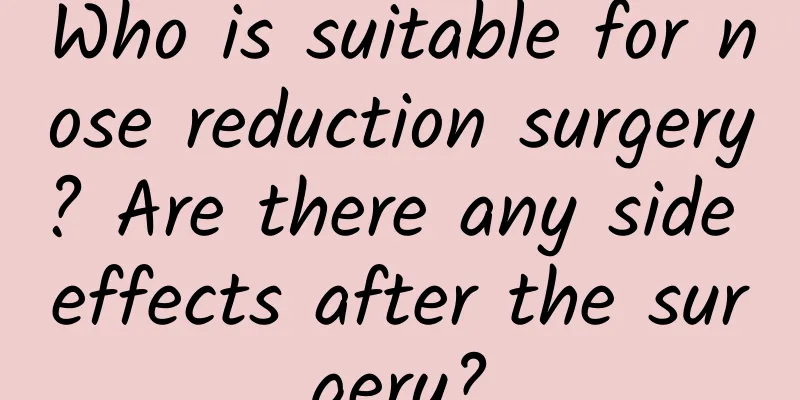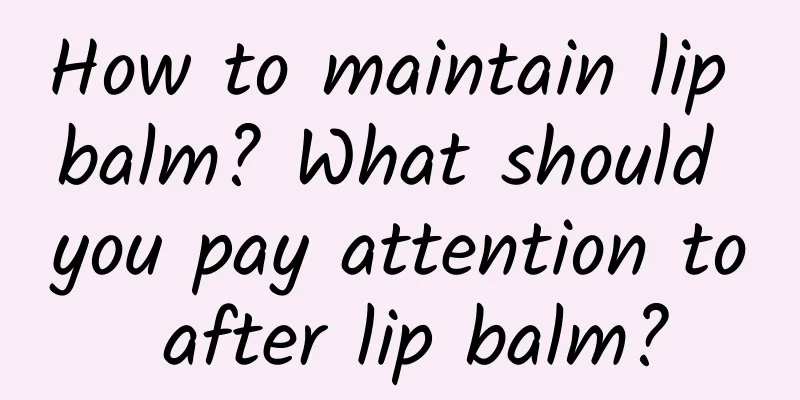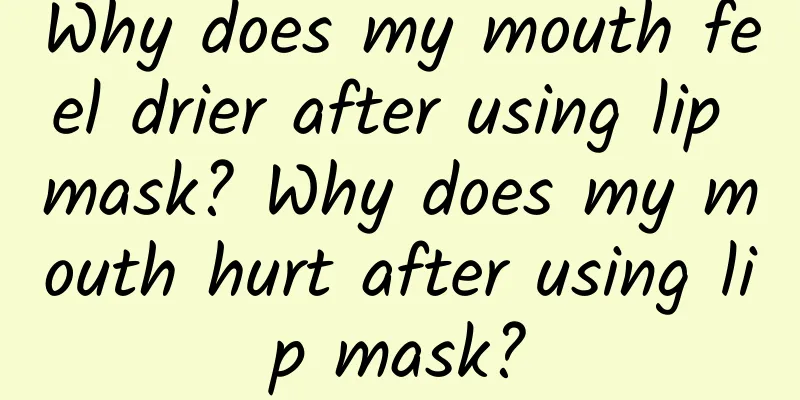Who is suitable for nose reduction surgery? Are there any side effects after the surgery?

|
Everyone must have heard of many medical beauty projects in life, but do you know about nose wing reduction surgery? Today, the editor will share with you who is suitable for nose wing reduction surgery and what are the sequelae after the surgery? Follow the editor and learn together. Who is suitable for nose reduction surgery?1. People with thick nose wings often have drooping nose wings. 2. People with drooping nose: drooping nose can be manifested as drooping of the front, back or entire nose edge. 3. People with retracted nose wings: The noses of these people are mostly congenitally deformed, which can easily create the illusion of drooping columella. 4. People with collapsed nasal wings: collapsed nasal wings are also called nasal narrowing, which can also affect breathing. Are there any sequelae after the operation?The sequelae of nose reduction surgery include: too small nostrils, asymmetrical nostrils, crooked columella, different inclination angles of the nose wings on both sides, and the nostril size may gradually become larger and smaller during the adjustment process. During the process of reducing the nose tip, nose wings, and nostrils, the nose tip is deliberately moved downward too much, causing the lines of the nose dorsum, nose tip, and nose root to be unsmooth. During the rhinoplasty process, if the inner cartilage is infected or deformed, absorbed, or atrophied in the later stage of the inner cartilage, it is easy to collapse or form a contracted nose. How to take care of yourself after nose reduction surgery?Rhinoplasty Postoperative Care: Within 24 hours after the rhinoplasty, the patient will experience facial swelling, nasal pain and a dull headache, which can be controlled with medication. The patient can lie in bed (except for going to the bathroom) with their head elevated on the first day after surgery. The patient will notice swelling and bruising around the eyes starting on the first day after surgery, peaking on the 2nd to 3rd day after surgery, and applying a cold compress will reduce some of the swelling and feel better. The swelling usually goes away 2 to 3 weeks after surgery. It is common to have a little bleeding in the first few days after the rhinoplasty, and the patient will experience nasal congestion for several weeks after surgery. How long does nose reduction surgery last?The whole process of nose reduction surgery is to make an incision along the outer edge of the lateral and medial crura of the nose cartilage, and then to separate the skin from the underlying nose cartilage through the incision. After the nose cartilage is reshaped, the nose can be made smaller, making the nose more natural and more harmonious with the facial features. Therefore, if the general care is good, the effect can be maintained permanently. |
Recommend
Who is suitable for the baby face surgery? Is the baby face surgery safe?
The scope of use of the baby face technique is qu...
What kind of fabric is rabbit down? How to store rabbit down clothes?
Clothes have various fabrics, such as cotton, lin...
What to do if silk clothes are stained after washing? Precautions for washing silk clothes
Silk clothes are a very comfortable material. Sil...
Do all perfumes contain alcohol? How long does the scent of perfume last?
Perfume generally does not cause allergies, but i...
Estee Lauder Essence Production Date and Shelf Life
Estee Lauder's essence contains rich moisturi...
Will eyelash grafting harm real eyelashes? How long can a graft last?
Eyelash grafting is a beauty project that many pe...
Can Nan Huaijin belly button patch help lose weight? Nan Huaijin belly button patch recipe
Nan Huaijin belly button patch is a very popular ...
Is double eyelid surgery effective? The difference between Korean double eyelids and European double eyelids
Plastic surgery is a very popular thing in our mo...
How long does it take for meridian weight loss to take effect? How often should meridian weight loss be performed?
Meridian weight loss is a very healthy way to los...
What should I do if my socks can't be washed clean? Can socks be washed with clothes?
Socks are worn on the feet, so it is best to wash...
Do I need to keep getting face-lift injections? How long should I wait before getting a face-lift injection?
Face-slimming injections have a very good effect ...
Can pregnant women use Huayin makeup remover? Can pregnant women use Huayin makeup remover?
Hanajiru Makeup Remover is a makeup remover brand...
Foods that are low in calories and full of satiety What to eat at night to lose weight and feel full
When it comes to losing weight, the word calories...
Should I use my hands or cotton pads to remove makeup? How to use cotton pads to remove makeup?
Makeup remover oil is the most popular makeup rem...
Is it useful to get a whitening injection for yellow skin? Can I get a whitening injection for dark yellow skin?
Whitening injections have the effect of whitening...









